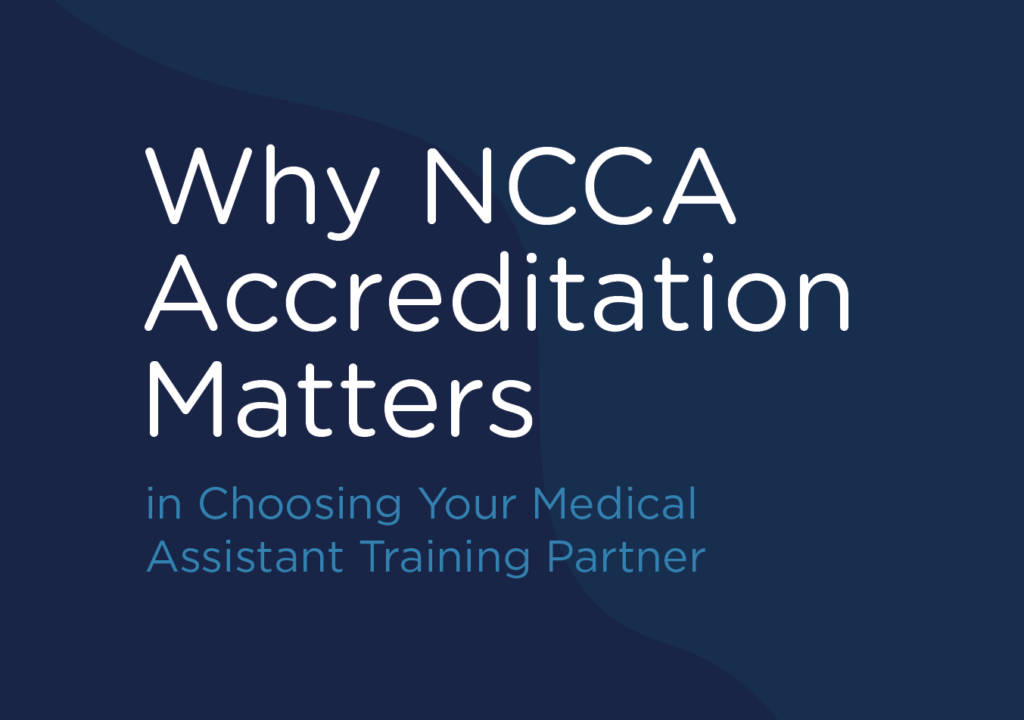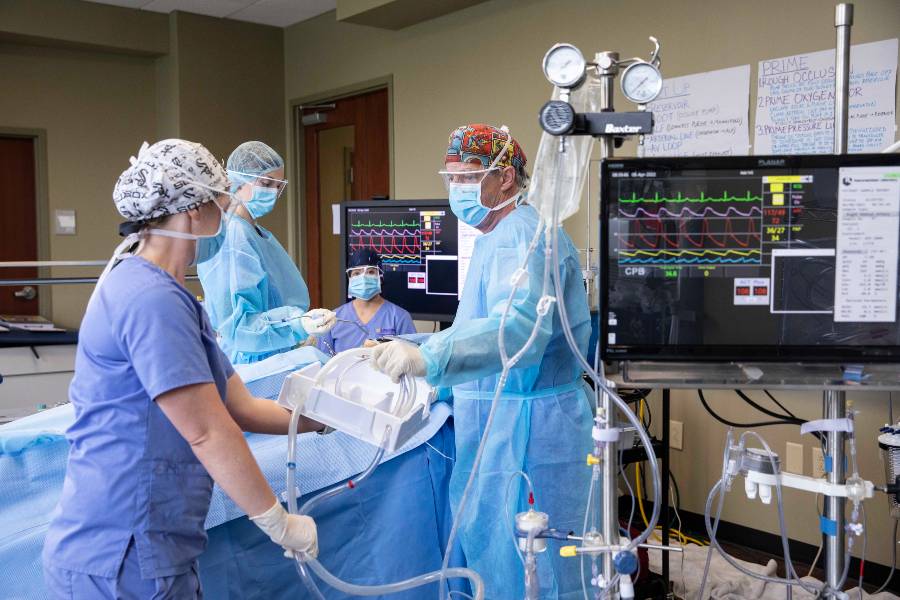Introduction: Why Choose a Career in Perfusion Technology?
Choosing a career path is like standing at a crossroads. There are myriad directions you could take, each leading to a different destination. But what if you’re looking for something that combines scientific rigor with the satisfaction of saving lives? Look no further than a career in perfusion technology of accredited perfusion technology program.
The Importance of Accreditation
Accreditation serves as a hallmark of quality and assurance in educational standards. When you opt for an accredited program, you are safeguarding your investment of time, effort, and finances. Accredited programs undergo rigorous checks and maintain the highest educational standards, ensuring you are well-prepared for your career.
Understanding the Role of a Perfusionist
Imagine being the quarterback in a football game. Now, picture doing that while standing in an operating room. That’s akin to being a perfusionist. You manage the patient’s physiological needs during cardiac surgeries. You operate machines that perform the functions of the heart and lungs, and your actions directly influence the patient’s life.
The Educational Pathway: Steps to Become a Perfusionist
The first step in your journey to becoming a perfusionist starts with a Bachelor’s degree, typically in a healthcare-related field like nursing or medical technology. Post this, you will need to enroll in an accredited perfusion technology program, which usually takes about two years to complete. Passing the necessary exams will earn you the title of a Certified Clinical Perfusionist.
Must-Have Qualities for a Perfusionist
Perfusionists need a unique blend of qualities, ranging from technical skills to emotional resilience. Effective communication, a strong ethical grounding, and the ability to work under intense pressure are just a few must-haves for this role.
Why Accreditation Matters

Choosing an accredited perfusion technology program ensures that you will receive an education that meets the standards of the perfusion community at large. Accredited programs adhere to best practices in the field, offering you a solid foundation for your career.
The Anatomy of an Accredited Perfusion Technology Program
Accredited programs usually have a mix of classroom instruction, lab work, and clinical rotations. Subjects you may encounter include anatomy, physiology, pharmacology, and specific courses related to perfusion techniques.
Financial Investment: Tuition and Additional Costs
Quality education doesn’t come cheap. But consider this as an investment in your future. Tuition for accredited perfusion technology programs can range anywhere from $30,000 to $60,000. Additional costs may include lab fees, books, and certifications.
Scholarships and Financial Aid
Financial constraints shouldn’t hinder your educational journey. There are multiple scholarship options available specifically for healthcare programs. Many schools also offer financial aid packages to qualifying students.
Admission Requirements: What Schools Are Looking For
GPA is crucial, but it’s not the only thing schools look at. Volunteer experience, letters of recommendation, and a well-crafted personal statement can make you stand out in the pool of applicants.
Your Guide to Accredited Schools and Colleges
There are numerous accredited schools offering perfusion technology programs. Your choice will depend on various factors such as location, tuition, and the structure of the program.
Geographical Considerations: The Role of Location
Location plays a pivotal role in choosing a school. Proximity to healthcare facilities for clinical rotations, as well as cost of living, are important factors to consider.
Online vs Traditional Programs
Online programs offer flexibility, but lack the hands-on experience that traditional programs offer. It’s essential to weigh the pros and cons before making a decision.
Duration of Programs accredited perfusion technology program
Most accredited perfusion technology programs last around 18-24 months. This includes classroom instruction and clinical rotations.
The Curriculum: Subjects and Courses
The curriculum usually comprises subjects like physiology, anatomy, pathophysiology, and specific perfusion-related topics. Practical experience through clinical rotations is a significant component.
The Importance of Clinical Rotations
Clinical rotations provide you with hands-on experience, helping you apply what you’ve learned in the classroom to real-life scenarios.
The Certification Process: From Student to Certified Perfusionist
Certification involves passing a series of exams that assess your knowledge and skills in perfusion technology. Becoming certified enhances your employability and opens up more opportunities.
Employment Opportunities: Where You Can Work
As a perfusionist, you can work in a variety of settings such as hospitals, clinics, and private practices. Some perfusionists also choose to work in research or teaching.
Average Salaries and Job Market
The job market for perfusionists is booming, with an average annual salary ranging between $120,000 to $150,000.
The Career Ladder: Opportunities for Advancement
With experience, you can move into supervisory roles, teach, or even engage in research. The sky’s the limit!
Real-Life Experiences: Interviews with Perfusionists
Hearing from those already in the field can offer valuable insights. We’ve interviewed several perfusionists who shared their journeys and day-to-day experiences.
Making the Most of Networking Opportunities
Professional networks can open doors you didn’t even know existed. Attend industry events, webinars, and workshops to build your network.
Getting Your Application Ready
Preparing an excellent application involves more than just filling out forms. It requires careful thought, from your CV to your personal statement.
Preparing for Interviews
Interviews are an opportunity to showcase not just your knowledge but also your enthusiasm for the profession. Preparation is key.
Beyond the Textbook: Continuous Learning
Being a healthcare professional means committing to lifelong learning. This could involve attending workshops, reading journals, or even going back to school.
FAQs
- What is a perfusionist?
A perfusionist is a healthcare professional responsible for operating the cardiopulmonary machine during heart surgeries. - How long does it take to become a certified perfusionist?
It typically takes 2 years of specialized education post-bachelor’s to become a certified perfusionist. - What does an accredited perfusion technology program involve?
An accredited program combines classroom education, laboratory work, and clinical rotations to fully prepare you for a career in perfusion technology. - Are online perfusion technology programs viable?
While online programs offer flexibility, they often lack the essential hands-on clinical experience. - How can I finance my perfusion technology education?
Scholarships, grants, and financial aid packages are commonly offered to help fund your education. - Is job security good in the perfusion technology field?
Given the specialized nature of the role and consistent demand for cardiac surgeries, job security is generally strong for perfusionists.
Conclusion
Embarking on a career in perfusion technology is a rewarding yet challenging endeavor. The journey begins with selecting the right accredited perfusion technology program, a decision that shapes your career and future. With myriad opportunities for growth, and the gratification of making a tangible impact in healthcare, a career as a perfusionist offers a fulfilling and stable future.











